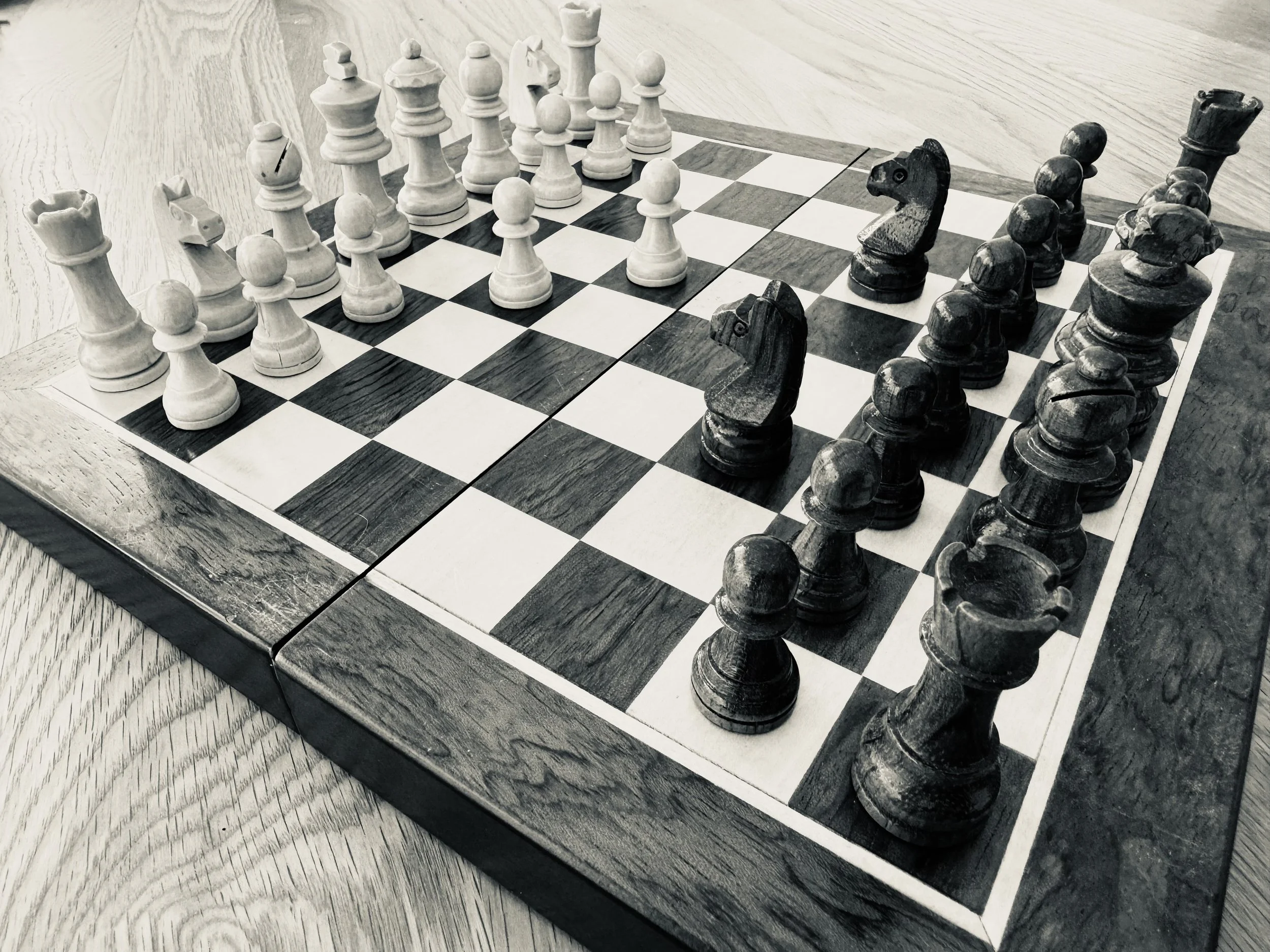The first “drill” that truely caught my imagination for games based jiujitsu training was the “guard defence” drill as taught by the ‘Godfather of Australian BJJ’ John B Will @johnwillbjj during a seminar in Brisbane in 1996. It’s a simple drill he’d learnt directly from @riganmachado that involved ‘just’ surviving in someone’s open guard without actively trying to pass. It’s such a great drill we continue to use it today in what we now call our “guard safety” game.
I had my own little eureka moment soon after when I realised that if we switched the drill around and applied the same mindset to maintaining guard without actively attacking then my overall guard ‘should’ improve as well and the “guard retention” game became my new favourite. I noticed so much improvement with this approach that I started to deliberately ‘limit’ what techniques I would utilise in a round or even an entire session with great success.
When I travelled to San Diego to attend the 2010 Mundials (BJJ Worlds) training camp hosted by the multiple world champion @xanderibeirojj this idea was further reinforced as most sessions focussed on “partial training” rounds before any open sparring rounds began. A similar approach has long been advocated by @aliveness_ape in the SBG coaches manual where resisted isolation rounds with different criteria, including reset or ‘flip flop’ rounds, have been part of the curriculum for decades.
So while this methodology isn’t entirely new it’s taken on a life of its own more recently and has been systemised and codified into something seemingly greater than its predecessors. All revolutions require early adopters and many of the biggest names in today’s ‘constraints based’, “task based”, “games based” or ‘ecological learning landscape’ have been ruffling some feathers of their traditional coaching counterparts.
While Australia’s own @kitdaleofficial was one of the first to advocate for this training approach many jiujitsu pundits have more recently been ‘triggered’ by @gdsouders, whose blunt and honest appraisals of the weaknesses of traditional BJJ coaching have certainly stirred the pot. While I query the depth of trust in the transfer of ‘the ecological science’ from other sports directly to BJJ, Greg certainly makes some excellent observations and arguments as to the veracity of a games based coaching approach.
The biggest ideas that have resonate with our coaches and students are as follows:
beginners respond remarkably well to full resisted constrained training
constraints based training is no more dangerous than traditional approaches
anatomical language transfers information more meaningfully to students than BJJ jargon
time is the ultimate constraint to control resistance levels
focus can be redefined as ‘intention and attention’
Interestingly this approach stands in stark contrast to the ‘information processing’ method of the man widely regarded as the world’s best BJJ coach @danaherjohn. I’ve been fortunate enough to experience John’s coaching style first hand on a number of occasions now and while I’ve personally loved the way he’s taught classes his richly detailed technical approach has been difficult to translate to beginners. John has an extraordinary record of taking talented young athletes with some level of experience and turning them into world champs. Perhaps a mixture both methods might to be successfully taught to the same individual?
Strong cases can be made for both teaching methodologies and the dust will probably settle somewhere in between but for now we’ve flipped the script so to speak with our traditional approach and are now teaching rank beginners in a fully resisted, constraints based manner before dialling in on technical details as they progress through the ranks. This process has resulted in students asking ‘better’ questions to problems they’ve encountered directly during resisted rounds and answers to these experiential questions seem to resonate more with individuals, helping them absorb and retain information more efficiently.
So for now we’ll keep tweaking the game and see where we land.
To be continued…….
Ben Power
Head Coach
SBG Australia 🇦🇺





